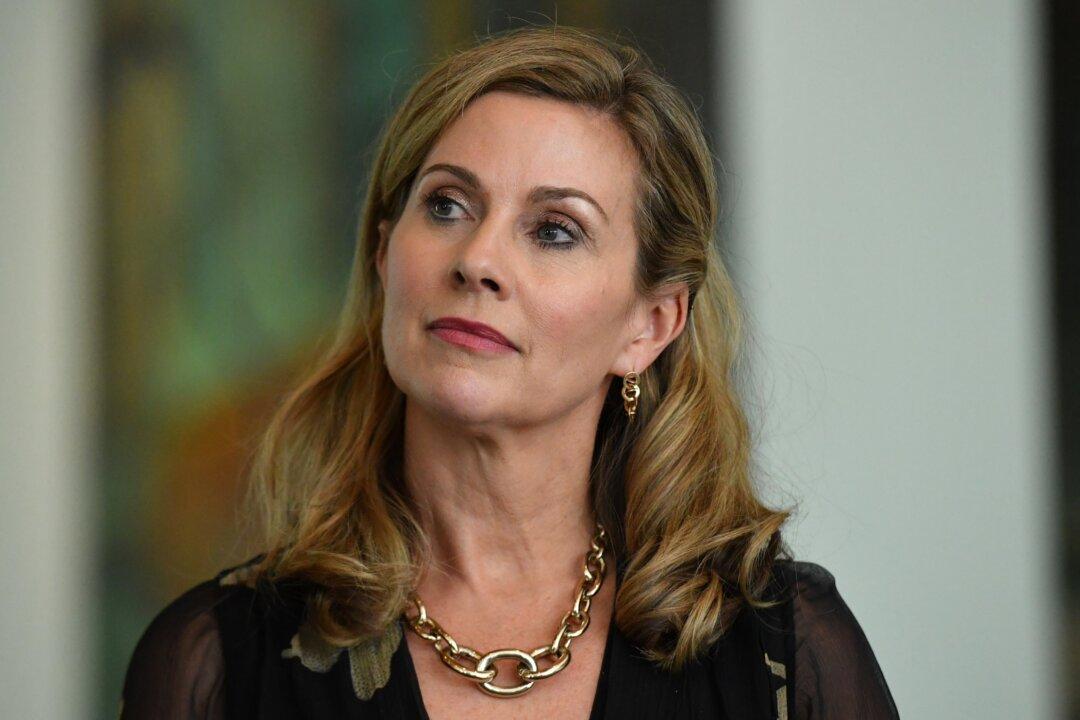The probability of a recession in Australia occurring before the end of 2024 could be as high as 80 percent, according to modelling by the Reserve Bank of Australia (RBA).
Internal documents from September 2022 published on Thursday under Freedom of Information laws reveal the most likely period for a recession has already passed.





